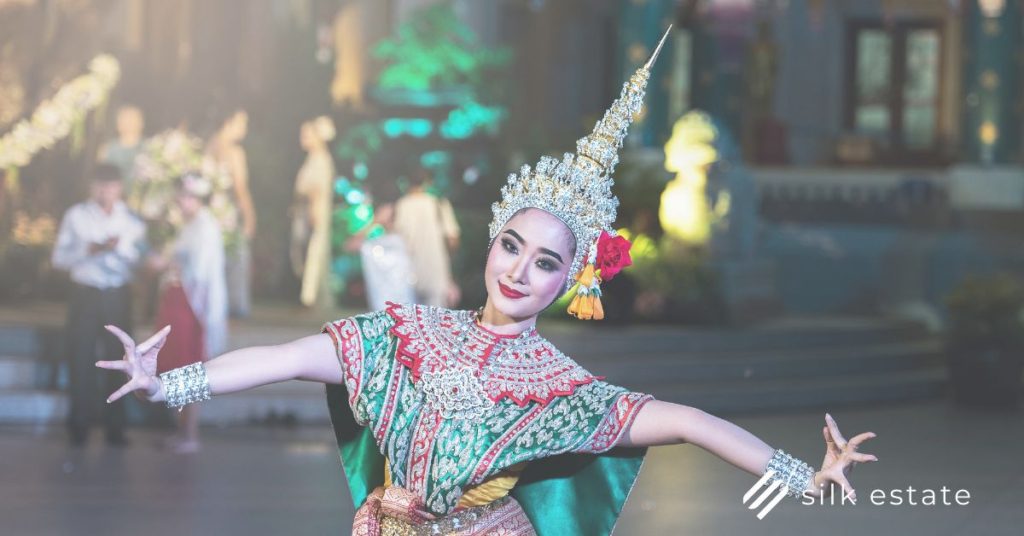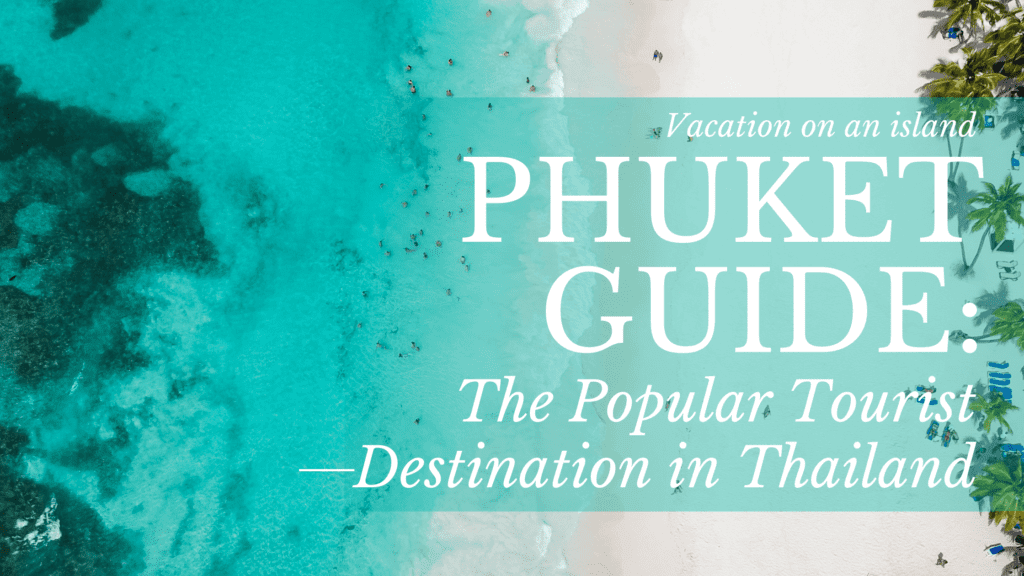Bathed in the golden glow of history, the era of Siam unfurls a rich tapestry of culture, politics, and societal norms that continue to shape modern Thailand. From its nascent formation to significant landmarks, this period stands as a testament to resilience and transformation.
The imprints of Buddhism knit into the social fabric manifest an indelible spiritual influence. Influential Siamese rulers have left enduring legacies visible in today’s political landscape. An examination of the Siamese economy reveals patterns of trade that laid the groundwork for contemporary economic practices. Unraveling cultural customs provides insight into age-old traditions still cherished today.
This scholarly exploration aims to decode these layers, culminating with an understanding of how Siam seamlessly transitioned into what is now known as Thailand. Thus begins an academic journey through time, retracing footsteps etched in historical sands while shedding light on a once glorious kingdom’s enduring impact on present-day Thai society and beyond.
Table of Contents
Formation and Early History of the Kingdom
The formation and early history of the Kingdom of Siam, now known as Thailand, is a complex interplay of strategic alliances, power struggles, and cultural evolution that has shaped its unique identity in Southeast Asia.
The kingdom emerged during the 13th century under the rule of King Ramkhamhaeng, who was instrumental in developing a comprehensive system of governance and law. Notably, this era was also characterized by Siam warfare strategies that were employed to secure territories from rival kingdoms.
Royal intrigues were prevalent during this period as multiple factions vied for control over the throne. These political machinations often led to violent conflicts and upheavals within the royal court.
Simultaneously, societal structures transformed with the widespread practice of Siam slavery. This social stratification system was integral to the economy and labor force at that time.
The early history of Siam reveals a dynamic landscape marked by internal conflict and expansion efforts. It further illustrates how critical events have shaped Thailand’s socio-political fabric today – from its distinct warfare techniques to its royal politics and societal hierarchies such as slavery.
The Role of Buddhism in Society
Integral to societal structures and personal lives, Buddhism in this historical period functioned much like a compass, providing moral and ethical guidance to the populace. The influence of Buddhist philosophy extended beyond mere religious practice, defining social norms and shaping political decisions.
| Buddhist Philosophy | Monastic Education | Ritualistic Influences | |
|---|---|---|---|
| 1 | Ethical Framework | Literacy Catalyst | Community Cohesion |
| 2 | Moral Code | Knowledge Dissemination | Social Norms |
| 3 | Guide to Governance | Character Building | Life-cycle Events |
| 4 | Peace Advocacy | Intellectual Hub | Festivals |
| 5 | Compassion & Tolerance Teaching | Interdisciplinary Learning | Spiritual Experiences |
Monastic education acted as the intellectual hub of society where members could attain literacy and learn about various disciplines. It was instrumental in character building, disseminating knowledge, promoting critical thinking, and fostering an environment of interdisciplinary learning.
Ritualistic influences permeated daily life, festivals, life-cycle events strengthening community cohesion. They provided shared experiences that unified communities while also creating a spiritual dimension in everyday existence.
Without resorting to summarizing phrases or words such as ‘in conclusion’ or ‘finally’, it is evident that Buddhism played a pivotal role during the era of Siam. Its philosophical tenets provided a moral code for individuals and governance alike; monastic education served as a beacon of wisdom illuminating minds; ritualistic elements added vibrancy to societal customs while simultaneously binding communities closer together.
Architectural Marvels and Historical Landmarks
Magnificent temples and historical landmarks, bearing the rich legacy of Buddhism, dot the landscape, narrating tales of an epoch steeped in spiritual wisdom and artistic grandeur.
The architectural marvels during the era of Siam showcase a distinctive blend of traditional Thai aesthetics and Buddhist influences.
- Temple designs were primarily influenced by Theravada Buddhist traditions, with intricately carved murals narrating stories from Jataka Tales.
- Royal residences demonstrated the opulence of Siamese royalty through their lavish architecture adorned with gold leaf and mother-of-pearl inlay work.
- Fortification styles reflected a keen military strategy with high walls, moats for defense, and watchtowers for surveillance.
- Many landmarks like the Grand Palace or Wat Arun stand as testament to this era’s architectural prowess.
These structures reveal not only the artistic skills but also offer insights into societal norms, religious beliefs, political landscapes, and technological advancements during that period.
Without personal pronouns: Structures such as these reveal artistic skill while offering insight into societal norms, religious beliefs, political environments and technological advancement during that time.
The magnificence embodied within these historical landmarks continues to draw admiration from scholars worldwide. It is universally acknowledged that they represent a significant cultural heritage worthy of preservation for future generations.
Notable Siamese Rulers and Their Contributions
Undeniably, noteworthy contributions to the shaping of Thai culture and society came from its rulers, each lending their unique vision and leadership to the evolution of this historic civilization.
A prominent figure in Siam’s history is King Rama IV (1851–1868), who skillfully navigated Siamese diplomacy amidst colonial pressures. Through diplomatic negotiations and treaties, he protected Siam’s sovereignty while modernizing its infrastructure.
The reign of King Naresuan (1590-1605) was marked by his excellent military strategies that played a crucial role in safeguarding Siam against Burmese invasions. His triumphs not only secured Siamese territories but also laid the foundation for a robust military system.
Moreover, Queen Regent Sri Bajarindra (1897-1910) holds a significant place as one of the rare female rulers in Siamese history. Her reign witnessed improvements in education and healthcare sectors along with her efforts towards women empowerment.
These leaders’ distinct visions have collectively contributed towards molding Siam into an advanced nation resilient against foreign domination despite being surrounded by colonized nations. Their strategic foresight coupled with their dedication to societal development serves as a testament to their exceptional stewardship during the era of Siam.
Thailand’s Political Landscape during the Siamese Period
The political landscape of Thailand during the period referred to as Siamese history was a complex tapestry, interwoven with intricate diplomatic strategies, military might, and visionary leadership. Paramount to the nation’s survival amidst colonial encroachment were its foreign policies that delicately balanced power dynamics with aspiring European colonizers.
| Colonial Influence | European Interactions |
|---|---|
| The British posed significant threats to Siam’s sovereignty, which necessitated adept diplomacy from Thai rulers. | Siam maintained cordial relations with Britain and France by conceding some trade rights while preserving its independence. |
| Foreign policies often involved strategic concessions in trade agreements to maintain independence. | Trade treaties signed under King Rama IV and V aided in preventing total colonization. |
Despite pressure from colonial powers, Siam managed to retain its autonomy through nimble diplomacy and strategic alliances. The rulers astutely navigated these pressures through their foreign policies that sought equilibrium between maintaining national sovereignty and accommodating colonial interests. These actions not only preserved the kingdom but also shaped Thailand’s unique political landscape within Southeast Asia – a region otherwise fragmented by European colonialism. The era of Siam is thus characterized by resilience against external pressures and astute leadership steering the nation towards self-preservation amidst turbulent times.
The Siamese Economy and Trade
Intricate trade networks and economic policies during this historical period played a crucial role in shaping Thailand’s economic landscape, which was characterized by strategic alliances, diplomatic negotiations, and carefully crafted trade agreements.
The Siamese economy was predominantly agrarian with rice production as the mainstay. The fertile plains of the Chao Phraya River Basin provided ideal conditions for paddy cultivation and led to surplus yields that were traded domestically and internationally.
Simultaneously, the silk industry thrived due to favorable climatic conditions and skilled local artisans. Silk production was concentrated in the northeastern regions of Siam, notably Korat – an area renowned for its high-quality silks. These two sectors – rice and silk – formed the backbone of Siam’s domestic economy, while also contributing significantly to its export revenues.
Maritime trade became increasingly significant during this period with ports such as Bangkok emerging as key hubs. Here, goods from mainland Southeast Asia met merchant ships from China, Japan, India, and later Europe. This facilitated cultural exchange along with commercial transactions, enriching Siam’s economic dynamics.
Thusly observed is how agriculture and craftsmanship intertwined with maritime commerce to shape an era marked by prosperity amidst geopolitical complexities in Siam.
Cultural Practices and Traditions
While wealth was amassed and trade networks flourished, it would be remiss to overlook the profound influence of cultural practices and traditions that pulsated beneath the surface of Thailand’s seemingly mercantile exterior. Fundamentally, they are what shaped the fabric of society in Siam era.
- Siam Cuisine: Gastronomy played a significant role in Siamese culture. It was a fusion of flavors borrowed from neighboring nations, yet distinctively Siamese due to unique herbs and spices used. The prevalence of rice as a staple food displayed agrarian roots, while spicy curries reflected influences from India and Malaysia.
- Traditional Clothing: Siamese attire was indicative of their social hierarchy. The common populace typically wore simple cotton clothing, while nobility adorned elaborate silk garments with intricate patterns. This stark contrast highlighted not only status but also the artistry ingrained within Siamese society.
- Siamese Folklore: Oral tradition was rich with folklore that influenced ethical norms and societal behaviors in Siam era. These tales often contained morals or lessons that guided daily life, emphasizing virtues such as respect for elders and kindness towards others.
These cultural elements—cuisine, clothing style, folklore—shaped much more than just day-to-day life; they were foundational to the identity construction during this period in Thai history.
Transition from Siam to Modern Thailand
Having taken a comprehensive look at the cultural practices and traditions of the Siam era, it becomes necessary to delve into another pivotal phase in Thai history – the transition from Siam to modern Thailand.
This period was marked by significant shifts in societal norms, policies, and customs, largely influenced by Western ideologies. The imprint of Western influence on Siam’s transition to Thailand is palpable. Realising the need for modernisation to resist colonial aspirations of European powers, King Rama V initiated several reforms in late 19th century. These changes were particularly evident in sectors such as education, legal systems and infrastructure development which were remodelled along western lines.
Another crucial aspect of this transition was language evolution. Amidst westernization, the Thai language underwent modifications incorporating new terminologies reflecting advancements in technology and science borrowed from Western languages. However, an undercurrent of resistance towards complete adoption of foreign elements remained strong.
This era witnessed a delicate balancing act between embracing global progressions while preserving national identity. The successful navigation through this challenging period laid down the foundation for present-day Thailand – a nation that harmoniously blends tradition with modernity without losing its unique cultural essence.
Frequently Asked Questions
What was the daily life like for the common people during the era of Siam?
During the Siam era, commoners were primarily engaged in agriculture and trade. Religious practices permeated everyday life, shaping societal norms and behaviors. The interplay of these elements defined their existence, routines, and cultural ethos.
How did the era of Siam influence today’s Thai cuisine?
The Era of Siam, a culinary canvas, significantly sculpted modern Thai cuisine. Siam cooking techniques and royal gastronomy infused intricacies into dishes, while the spicy influence became a characteristic element, providing an authentic touch to today’s Thai food.
What were the gender roles and the status of women in Siam society?
In Siam society, gender roles were uniquely balanced. Female Monarchs occasionally ascended the throne due to Matrilineal Succession. Women’s influence was further reflected in Siam Fashion, demonstrating their integral role in cultural expression and tradition.
Were there any major wars or conflicts during the Siamese period that significantly affected the kingdom?
Alluding to the chessboard of power, Siamese diplomacy and royal intrigues often led to conflicts. European influence further complicated matters, triggering significant wars such as the Burmese-Siamese Wars that dramatically reshaped Siam’s socio-political landscape.
How did the Siamese era influence the development of Thai language and literature?
The Siamese era significantly influenced the evolution of Thai language and literature. The development of distinct literary styles was spurred by the refinement of Siamese scripts and language, leading to a rich linguistic culture.
Conclusion
In conclusion, the era of Siam represents a riveting tapestry woven with threads of potent rulership, economic growth, and profound cultural practices.
It serves as an allegorical phoenix rising from its ashes to metamorphose into modern Thailand. Its rich history resonates in the architectural marvels and societal norms, symbolizing resilience and transformation.
This analysis pays homage to the enduring saga of Siam’s past; a remarkable historical narrative that continues to shape Thailand’s present persona.




